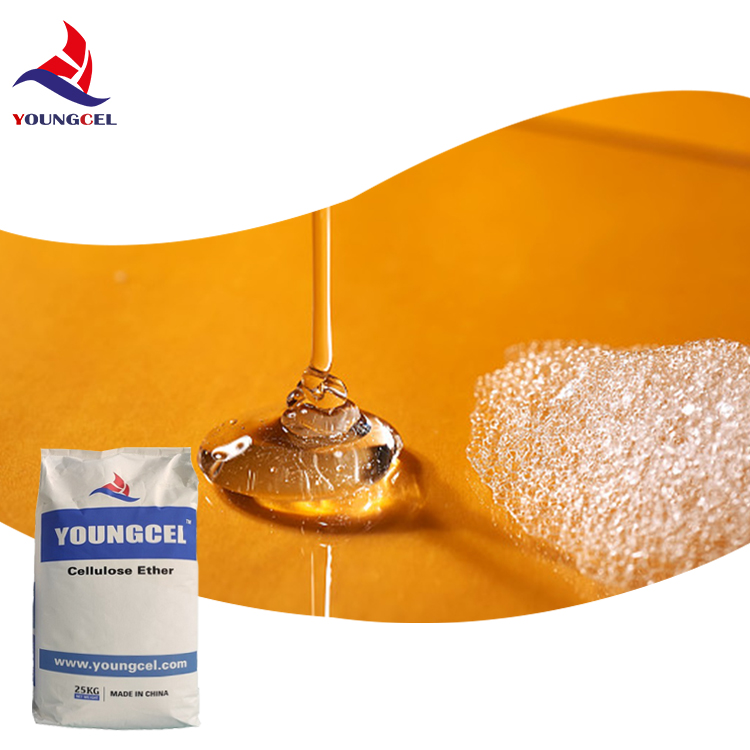The Role of Concrete Additives in Modern Construction
Concrete is one of the most widely used construction materials in the world, providing strength, durability, and versatility for various structures. However, the basic composition of concrete—cement, water, and aggregates—can sometimes fall short of meeting specific engineering requirements. This is where concrete additives come into play, significantly enhancing the performance and longevity of concrete.
Types of Concrete Additives
Concrete additives, also known as admixtures, are substances added to the concrete mix to modify its properties. They can be categorized into several types, each serving a unique purpose
1. Water-Reducing Agents These additives help to decrease the amount of water needed to achieve a certain workability level, thus improving the concrete's overall strength and durability. By reducing water content, these agents enhance the density of concrete, leading to better performance in compressive and tensile strength.
2. Retarding Agents In hot weather conditions, concrete can set too quickly. Retarding agents slow down the setting time of concrete, allowing for better workability and placement. This is crucial in large pours or when transportation times are extended, ensuring that the mixture doesn’t harden prematurely.
3. Accelerating Agents Conversely, in cold weather, concrete may take longer to cure and set. Accelerating agents speed up the setting process, allowing for faster construction times. These additives are particularly useful for projects that require rapid completion, such as road repair or maintenance.
4. Fly Ash and Silica Fume These are supplementary cementitious materials added to the mix to enhance strength, improve workability, and reduce permeability. Fly ash, a by-product of coal combustion, not only enhances the properties of concrete but also provides an eco-friendly solution by recycling industrial waste.
5. Air-Entraining Agents These are used to improve the concrete's resistance to freeze-thaw cycles. By creating small, evenly distributed air bubbles within the concrete, air-entraining agents help to relieve internal pressure during freezing and thawing, thus minimizing cracking and structural damage.
concrete additives

Benefits of Using Concrete Additives
The incorporation of concrete additives into construction projects offers numerous benefits. One of the most significant advantages is improved durability. Concrete that incorporates the right additives can withstand extreme weather conditions, resist chemical attacks, and exhibit less shrinkage and cracking over time.
Moreover, the use of additives can lead to significant cost savings. By enhancing the compressive strength of concrete, less cement may be required, reducing material costs. Additionally, projects can be completed more quickly due to improved setting times and workability, minimizing labor and operational costs.
Sustainability is another vital aspect of concrete additives. With the construction industry under increasing pressure to be environmentally responsible, the use of recycled materials, such as fly ash and slag, reduces the carbon footprint of concrete. This practice not only supports waste management efforts but also contributes to sustainable development in the built environment.
Challenges and Considerations
However, the use of concrete additives is not without challenges. The variety of additives available can make it difficult for contractors and engineers to select the most appropriate chemicals for their specific needs. Additionally, improper dosage or a lack of understanding of additive interactions can lead to issues such as segregation, bleeding, or insufficient curing.
Furthermore, the market for concrete additives is constantly evolving with new technologies and formulations. Keeping up-to-date with these advancements is essential for professionals in the construction industry to ensure they are utilizing the best practices for their projects.
Conclusion
In conclusion, concrete additives play a crucial role in modern construction, providing solutions that enhance the performance, durability, and sustainability of concrete. As construction techniques continue to evolve, the development and application of innovative additives will remain an essential element in achieving high-quality and environmentally friendly infrastructures. With proper knowledge and application, concrete additives can transform standard concrete into a high-performance material, meeting the complex demands of today's construction projects.






